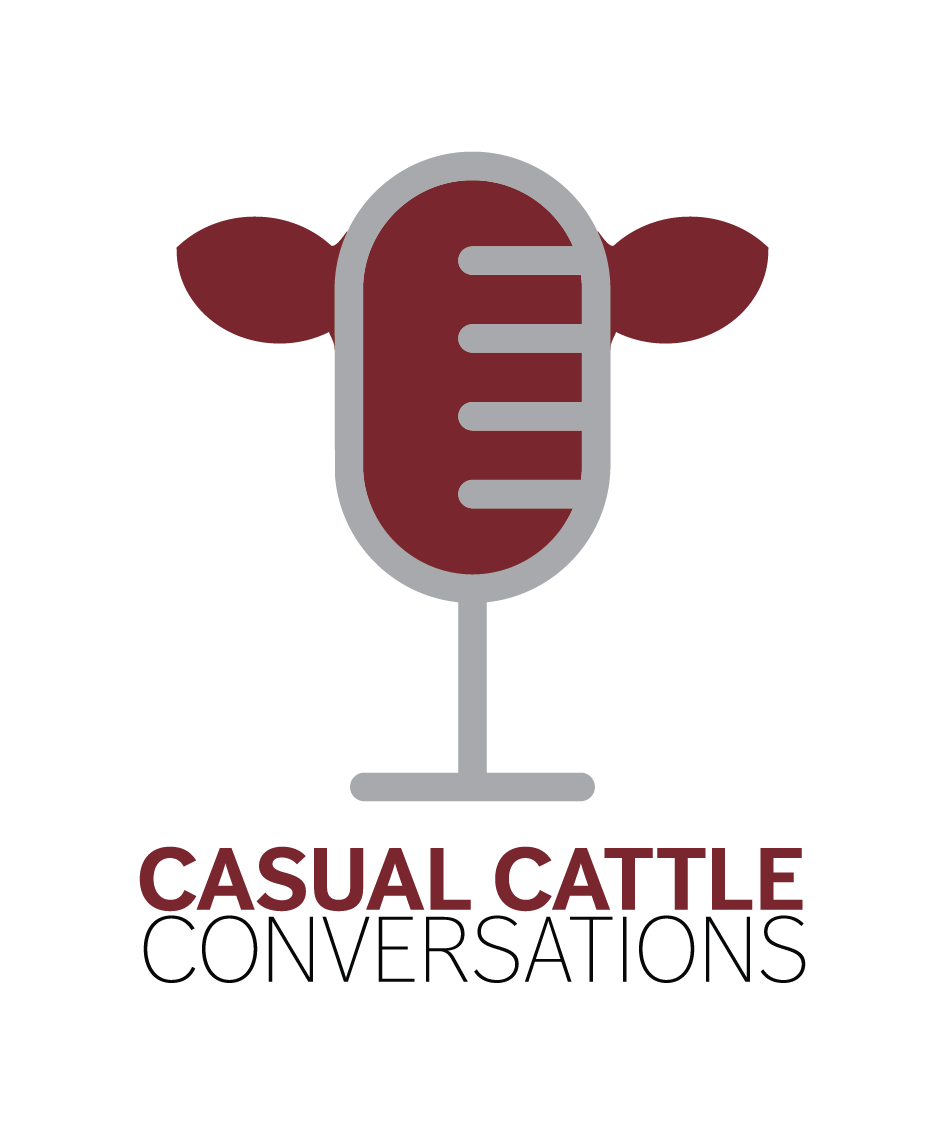Why You Always Feel Behind on the Ranch (And How to Fix It)
Listen to the full conversation here or on your favorite podcast app!
In the ever-demanding world of ranching, it’s easy to feel like you’re constantly falling behind. But what if that feeling is more about perspective than reality?
As ranchers, we often carry the mindset of high-performing entrepreneurs—driven, resilient and relentless in our pursuit of progress. While these qualities fuel innovation and grit, they can also make it difficult to recognize just how far we’ve already come.
I know the feeling well. On our operation, I’ve caught myself focusing on what’s missing or imperfect:
· We haven’t planted new trees.
· Our calving window isn’t as tight as I’d like.
· The calves aren’t as uniform as they could be.
· Our nutrition program still needs refining.
But when I take a step back, I can see the strides we’ve made. Our calving window is tighter than last year. Our calves are healthier and more consistent. Our nutrition program has evolved. We're making meaningful progress—even if it doesn't always feel that way.
So why do we still feel behind?
Often, it's because we're comparing ourselves to ideals, to neighbors with different goals, or to a version of success that’s constantly moving. Instead of measuring forward, we need to measure backward—against our own past.
This concept is emphasized in the book The Gap and The Gain by Dan Sullivan and Dr. Benjamin Hardy. Though written for entrepreneurs, it resonates deeply with ranchers. The book encourages readers to focus on the “gain”—what’s been accomplished—rather than the “gap” between where they are and where they want to be.
Here are a few simple, actionable ways ranchers can stop feeling behind and start celebrating progress:
1. Reflect on your starting point.
Ask yourself: What was your operation like when you began? What’s changed? How have you grown personally and professionally? Consider revisiting old photos or records to help visualize the improvements. Take time to thank yourself and acknowledge how far you’ve come.
2. Write down your goals—and date them.
While it’s important to reflect on the past, goal setting still plays a crucial role in progress. When goals are only in your head, they tend to shift. Putting them on paper gives clarity and allows you to track actual accomplishments over time. You may realize you've already hit milestones you once dreamed about.
3. Structure your goals across timelines.
My preferred method starts by asking a tough but helpful question: Where don’t I want to be in 10 years? That reverse-engineering mindset helps me identify what needs to happen in five years, then one year. I also break down goals into specific areas of the ranch that need improvement. This approach keeps things organized, realistic and measurable.
While I’ve only used this structured goal-setting system for a few years, the results are already noticeable. It's helped shift my mindset from scarcity to progress—and I know it can do the same for other ranchers.
If you’d like to try the same method my husband and I use, I’ve created a downloadable guide called Move the Ranch Forward, available on my website. It walks you through the exact system we use to measure progress, stay focused, and feel more successful in our work.
At the end of the day, remember this: your definition of success is the only one that matters. Celebrate progress. Measure backward. And quit comparing your journey to someone else’s.
Because on the ranch—and in life—moving forward starts with recognizing how far you’ve already come.
Happy ranching.

